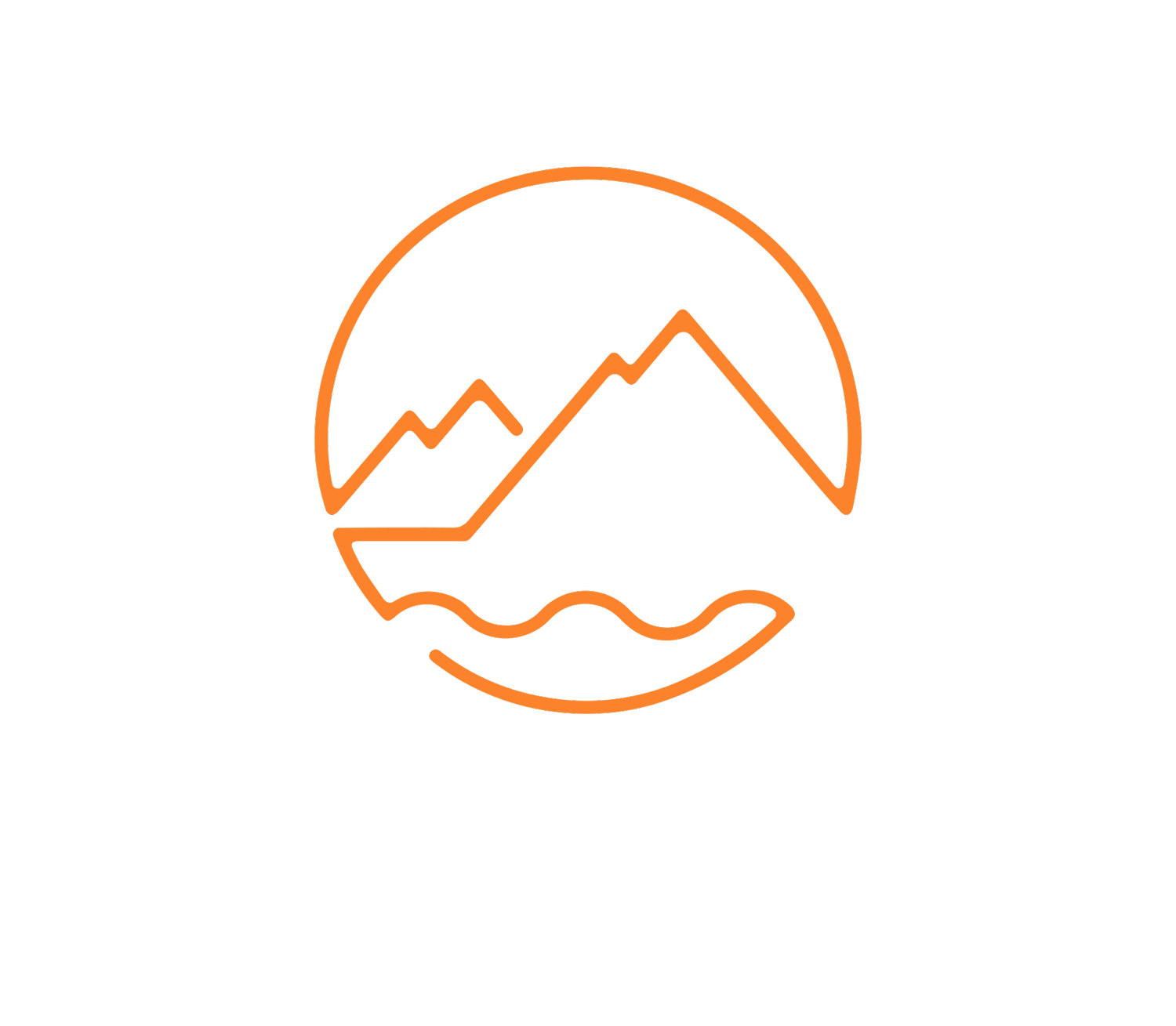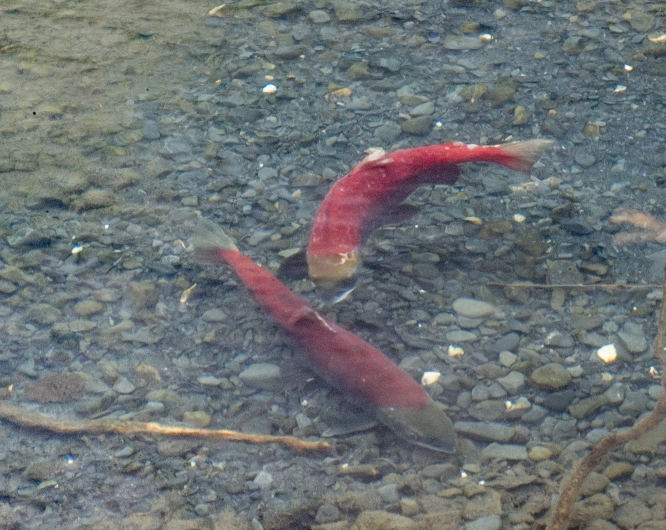Salmon
August 26-When we entered Canada we stopped at a grocery store. We thought salmon would be cheaper than at home. We didn’t find salmon in the store, but they did have steelhead trout at 37.46 C$/kg that seemed like a lot. Unable to do the conversion in the store we skipped it. It was 13.10 US$/lb which is about the same as salmon at home.
Later, in Alaska, we bought some at 21$/lb. Back in camp we noticed it was Atlantic salmon, which made no sense to us at the time. We found out that Atlantic salmon are farm raised in the Pacific Ocean. During storms they can escape their pen and become an invasive species that threaten native salmon. It's illegal to farm them in Alaska but apparently it’s ok in Canada.
When we got to Whittier, AK, which is a fishing town, we sought out a shop hoping to buy some local fish. There was only one shop in town selling fish to the public. The price was about the same as the Atlantic Salmon at the chain grocery store. I guess lack of shipping makes up for ease of farm raised but it was the best salmon we've ever had.
A few days after our adventure in Whittier, we were hiking along Portage Creek and noticed a submerged stick or maybe it was a shadow from a limb over the river. Then it moved. It was a salmon! Then we noticed there were several.
During the summer months, creeks have a steady stream of salmon swimming upstream to spawn. Different species of salmon return at different times, but often several species' return will overlap. During our time on the Kenai peninsula, we saw three species of salmon.
The easiest to spot are the sockeye as they are red.
Chum, also called dog, are more spotted.
And we saw humpback also called pink. Apparently we only took this one photo that doesn’t show the hump that males get during spawning season. The photo does show how shallow the water is in the creeks where they spawn.
They were interesting to watch, but they are not elegant fish. Their lower jaw is like a medieval drawbridge!
They all face upstream and wait for tasty morsels to float to them. Occasionally one would decide it needed a better position and moved, others then took advantage of any space made available. They reminded me of basketball players all pushing each other around trying to get an advantage while not being so aggressive that someone gets hurt.
In one location a male and female sockeye were guarding their redd (nest). Click the link to watch a video of them swimming around the redd. She makes a redd (Scottish for clean) in the rocks with her tail. The clean spot is obvious in the photo above. She will lay her eggs in this area then move upstream to clean another area and lay more. The male will fertilize these eggs then stand guard to prevent other salmon from eating the eggs. They will stay here guarding the redd until they die and are washed downstream.
Since they are going to die anyway, it makes me feel better about thinking they are delicious.
***







